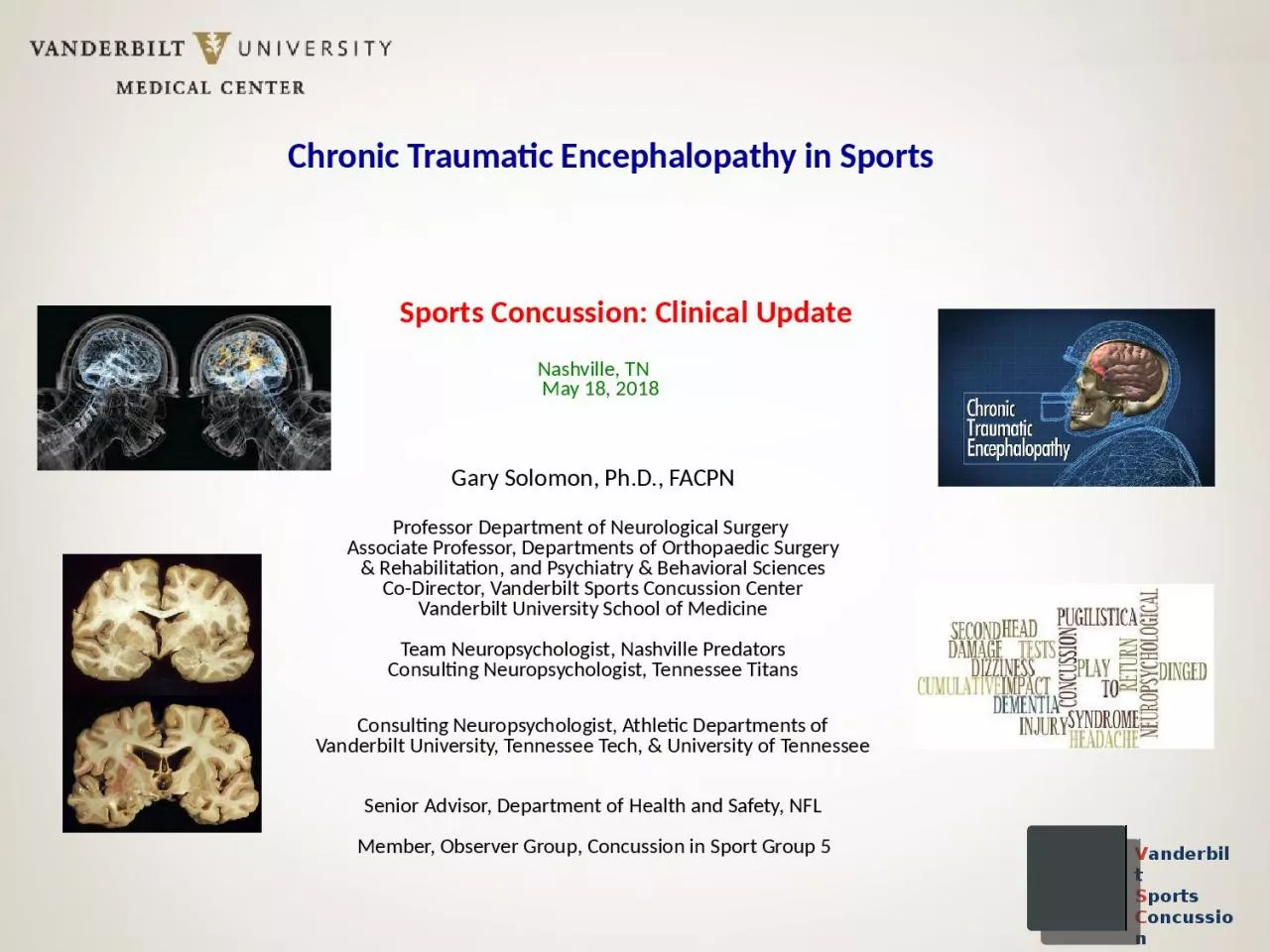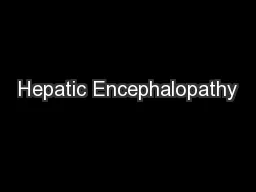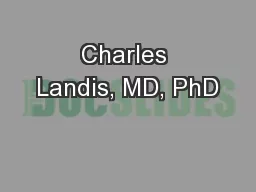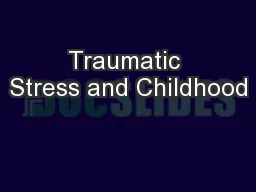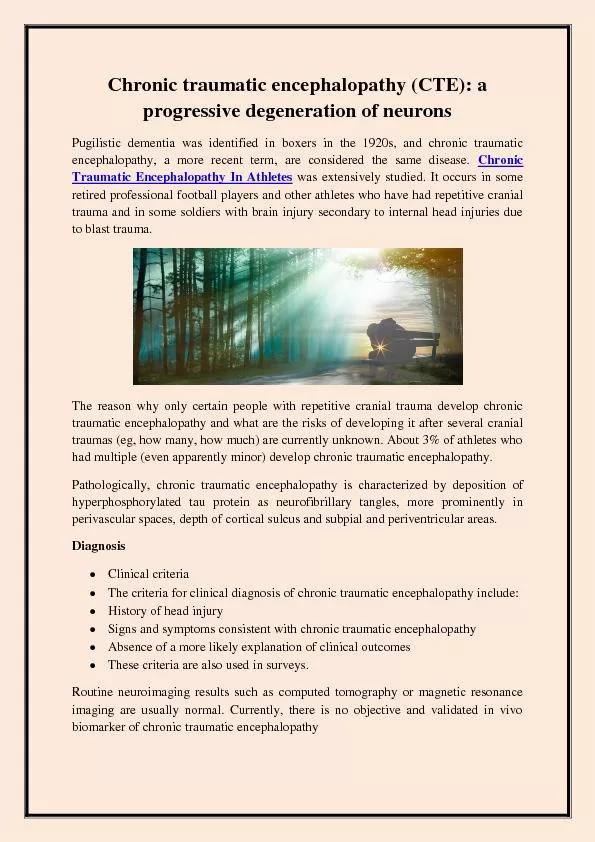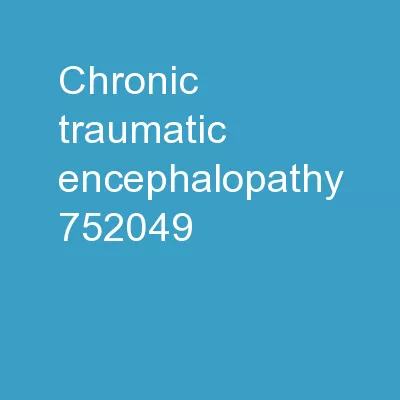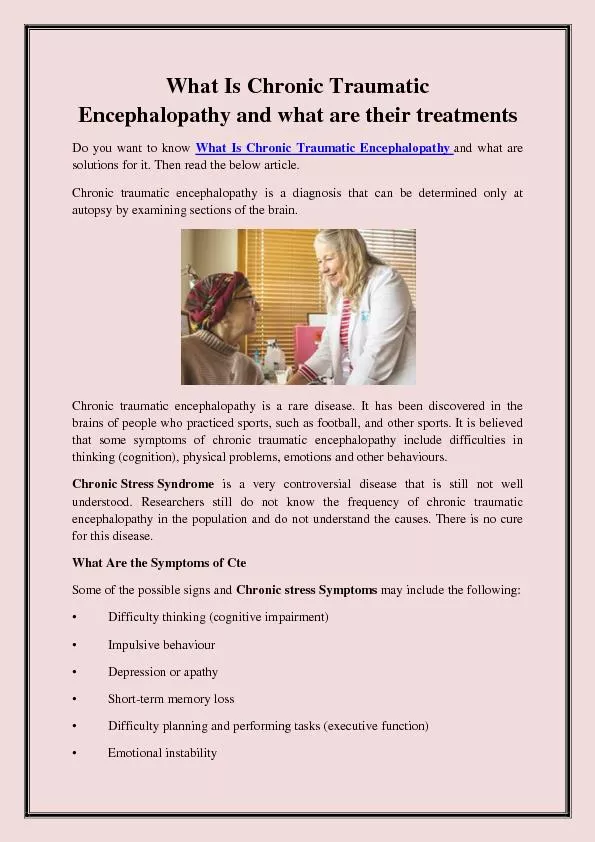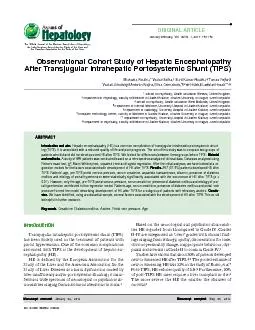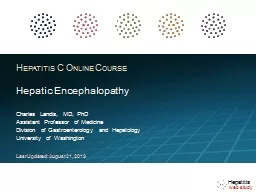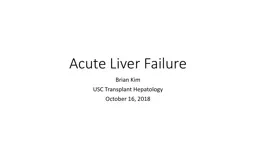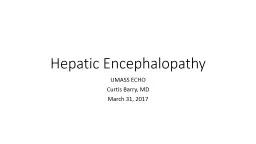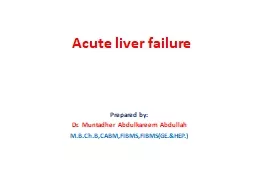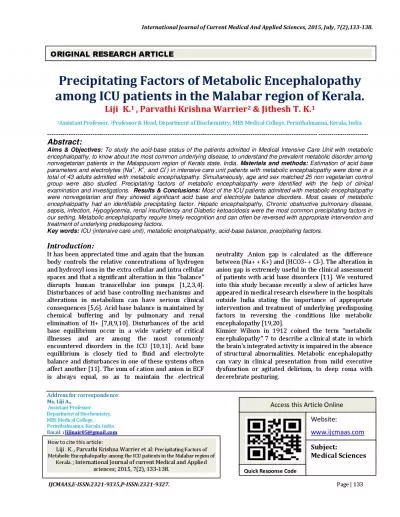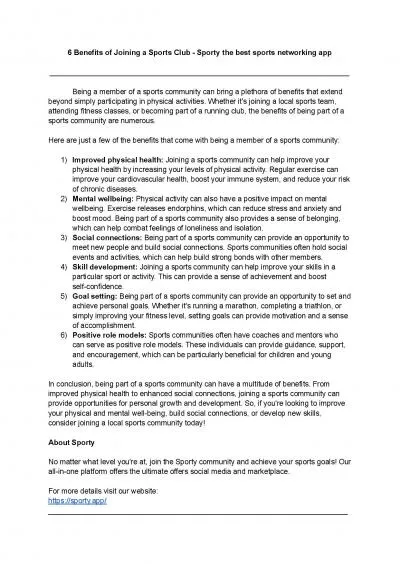PPT-Chronic Traumatic Encephalopathy in Sports
Author : grace3 | Published Date : 2024-02-02
Sports Concussion Clinical Update Nashville TN May 18 2018 Gary Solomon PhD FACPN Professor Department of Neurological Surgery Associate Professor Departments
Presentation Embed Code
Download Presentation
Download Presentation The PPT/PDF document "Chronic Traumatic Encephalopathy in Spor..." is the property of its rightful owner. Permission is granted to download and print the materials on this website for personal, non-commercial use only, and to display it on your personal computer provided you do not modify the materials and that you retain all copyright notices contained in the materials. By downloading content from our website, you accept the terms of this agreement.
Chronic Traumatic Encephalopathy in Sports: Transcript
Download Rules Of Document
"Chronic Traumatic Encephalopathy in Sports"The content belongs to its owner. You may download and print it for personal use, without modification, and keep all copyright notices. By downloading, you agree to these terms.
Related Documents

